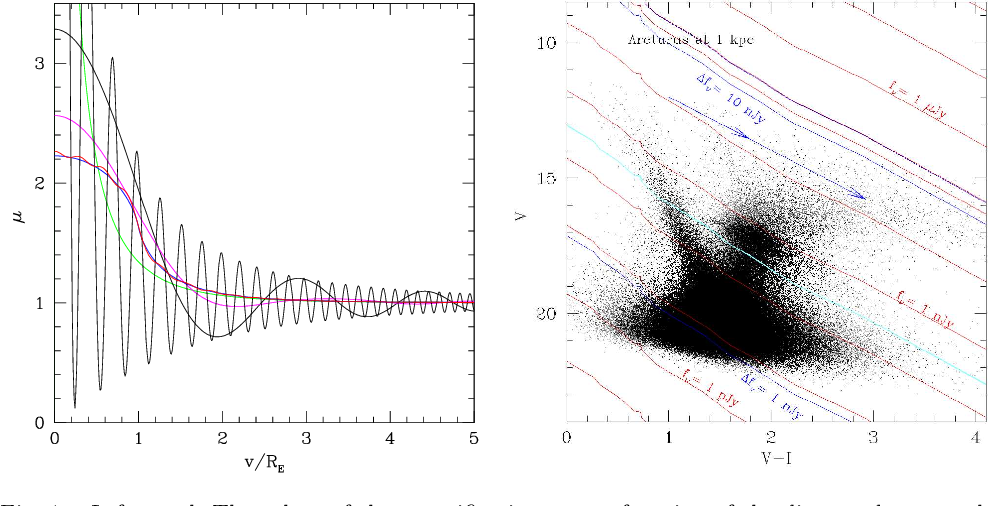DIFFRACTIVE MICROLENSING: A NEW PROBE OF THE LOCAL UNIVERSE
@inproceedings{Heyl2013DIFFRACTIVEMA,
title={DIFFRACTIVE MICROLENSING: A NEW PROBE OF THE LOCAL UNIVERSE},
author={Jeremy S. Heyl},
year={2013},
url={https://api.semanticscholar.org/CorpusID:118522611}
}Diffraction is important when nearby substellar objects gravitationally lens distant stars. If the wavelength of the observation is comparable to the Schwarzschild radius of lensing object, diffraction leaves an observable imprint on the lensing signature. The SKA may have sufficient sensitivity to detect the typical sources, giant stars in the bulge. The diffractive signatures in a lensing event break the degeneracies between the mass of the lens, its distance and proper motion.
4 References
Diffractive Microlensing III: Astrometric Signatures
- 2010
Physics
Gravitational lensing is generally treated in the geometric optics limit; however, when the wavelength of the radiation approaches or exceeds the Schwarzschild radius of the lens, diffraction becomes…
Diffractive microlensing – II. Substellar disc and halo objects
- 2010
Physics
Microlensing is generally studied in the geometric optics limit. However, diffraction may be important when nearby substellar objects' lens occult distant stars. In particular the effects of…
Diffractive microlensing – I. Flickering planetesimals at the edge of the Solar system
- 2009
Physics
ABSTRACT Microlensing and occultation are generally studied in the geometric optics limit. How-ever, diffraction may be important when recently discovered Kuiper-Belt objects (KBOs)occult distant…

